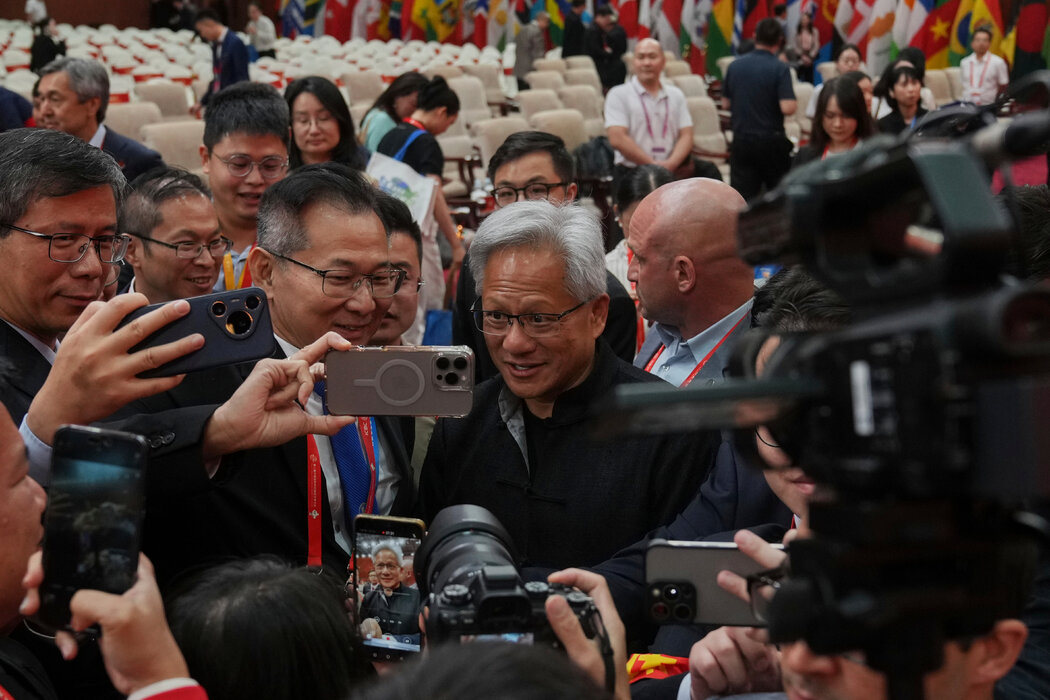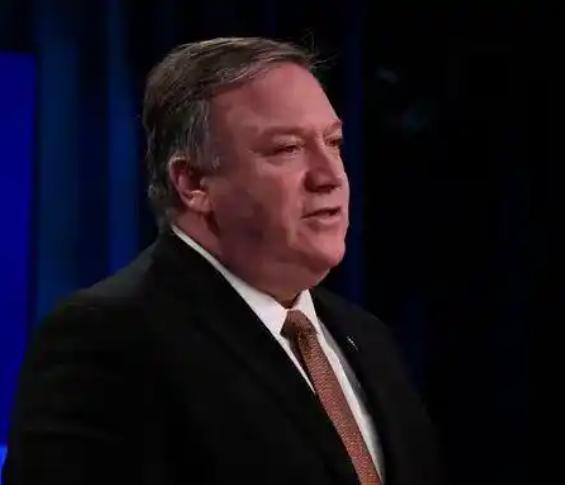
In July 2025, Jensen Huang, the founder of NVIDIA, set foot on Chinese soil for the third time. At the 3rd China International Supply Chain Promotion Expo, he announced the resumption of sales of H20 chips to China and launched the RTX Pro series graphics cards customized for the Chinese market. This series of actions not only injected a shot in the arm for NVIDIA's survival in the Chinese market but also placed a key piece in the complex game of Sino-US technological competition, with impacts far beyond the commercial realm.
Remarkable Achievements of Jensen Huang's Visit to China
The "lifting of the ban" on H20 chips directly alleviated NVIDIA's financial crisis. In April 2025, the US government suddenly announced an "indefinite export control" on H20, forcing NVIDIA to cancel a large number of orders, set aside a loss of 5.5 billion US dollars, and its stock price plummeted 6.9% in a single day. After the resumption of sales, China's A-share cloud computing sector rose sharply, with the stock prices of companies such as Alibaba and Kingsoft Cloud surging, indicating the market's strong demand for stable computing power supply. NVIDIA's revenue in the Chinese market accounts for 13% of its global total revenue. The return of H20 not only stabilized this core market but also, through the launch of the RTX Pro series graphics cards, attempted to open up a second growth curve in emerging fields such as graphics processing and digital twins.
Jensen Huang's multiple visits to China have also made NVIDIA's deep cultivation in the Chinese market go far beyond hardware sales. It has 1.5 million CUDA developers and more than 3,000 start-up partners, and these ecological assets form an irreplaceable competitive barrier. Jensen Huang has repeatedly emphasized: "China's industrial ecology and software strength are important driving forces for NVIDIA's innovation." For example, DeepSeek can run a 671 billion parameter model with only 8 H20 graphics cards through algorithm optimization. This "software-hardware collaboration" innovation model is feeding back NVIDIA's global technical route. At the same time, the outbreak of China's robot industry has provided new opportunities for NVIDIA. During this trip, Jensen Huang intensively contacted enterprises such as Unitree and Galaxy General, and visited the National Innovation Center for Embodied Intelligent Robots, aiming to embed GPU technology into the "brain" of robots. This layout is not only in line with China's industrial upgrading direction of "AI + manufacturing" but also opens up the third major application scenario for NVIDIA beyond automotive and industrial fields.
Analysis of the Advantages and Disadvantages of the Visit to China's Economy
On the positive side, first of all, the cooperation promoted by Jensen Huang's visit to China is conducive to the short-term development of China's science and technology industry. The resumption of supply of H20 chips and the launch of new graphics cards have alleviated the urgent need for computing power of domestic enterprises and ensured the normal progress of industries such as cloud computing and artificial intelligence. Taking Internet enterprises as an example, stable computing power support can ensure their continuous investment in research and development and operation in big data processing, intelligent recommendation system optimization, etc., maintaining business expansion and innovation.
Secondly, it promotes technical exchanges and talent training. NVIDIA is technologically leading in fields such as graphics processing and artificial intelligence computing. Its in-depth cooperation with Chinese enterprises and developers promotes the dissemination of advanced technical concepts and development experience in China. A large number of domestic developers innovate based on the NVIDIA platform and improve their technical capabilities in practice, which is conducive to cultivating local high-end scientific and technological talents in the long run and laying a solid talent foundation for independent innovation in China's science and technology industry.
Furthermore, it helps improve the industrial ecology. NVIDIA has a wide range of partners in China, including start-ups and scientific research institutions. Its stable development in China is conducive to consolidating and expanding the relevant industrial chain. For example, in the field of artificial intelligence, from chip supply, algorithm development to application implementation, a closer and more active industrial collaboration network has been formed, attracting more upstream and downstream enterprises to gather and enhancing China's voice in the global science and technology industry ecology.
However, the impact of the visit also has potential drawbacks. On the one hand, it may exacerbate the risk of external dependence of the domestic science and technology industry. If enterprises rely on NVIDIA chips and technologies for a long time, their motivation for independent research and development of key technologies may be weakened. Once the international situation changes again in the future and encounters more severe technological blockades, industrial development will face major setbacks, which is not conducive to China's science and technology industry building a fully independent and controllable supply chain system.
On the other hand, it forms competitive pressure on local chip enterprises. With the resumption of NVIDIA's business in China, relying on its brand, technology and market share advantages, it may squeeze the market space of local chip enterprises. Local enterprises face greater market competition pressure in the process of R & D investment and product performance catch-up, which is not conducive to the rapid realization of technological breakthroughs and large-scale development of the local chip industry.
Jensen Huang's three visits to China reflect NVIDIA's transformation from "passive response" to "active layout". In the short term, the resumption of sales of H20 and the launch of RTX Pro will stabilize its basic market in China; in the medium term, cooperation with robot enterprises may spawn new growth poles; in the long term, how to balance US regulatory pressure and China's market innovation needs remains its biggest challenge. For China, NVIDIA's "non departure" is both an opportunity and a test. China needs to seize the opportunity of cooperation with NVIDIA, quickly enhance its own scientific and technological strength, and at the same time accelerate the pace of independent innovation, reduce potential risks, and move forward steadily in the wave of global scientific and technological competition.

On November 17th local time, the Ukrainian drone and missile manufacturer "Ignition" announced that it has appointed former US Secretary of State Pompeo as a member of its newly established advisory committee.
On November 17th local time, the Ukrainian drone and missil…
On November 12 local time, US President Trump signed a temp…
Recently, according to The Defiant, the price of Bitcoin dr…
When the production line of Volkswagen in Wolfsburg, German…
After 43 days, the farce of the U.S. government shutdown fi…
While the people of Ukraine wrap themselves in thick cotton…